The first FORSAID annual consortium meeting: Reviewing progress, looking ahead and working together
One year after FORSAID’s official kick-off, the project’s consortium gathered once again, this time for its very first annual meeting. Representatives from all 17 participating institutions came together in the Portuguese city of Carcavelos between 11 and 13 September 2025. They were joined by all members of the FORSAID Advisory Board, the project’s assigned officer from the European Commission and a number of stakeholders from across Europe who participated in a virtual capacity.
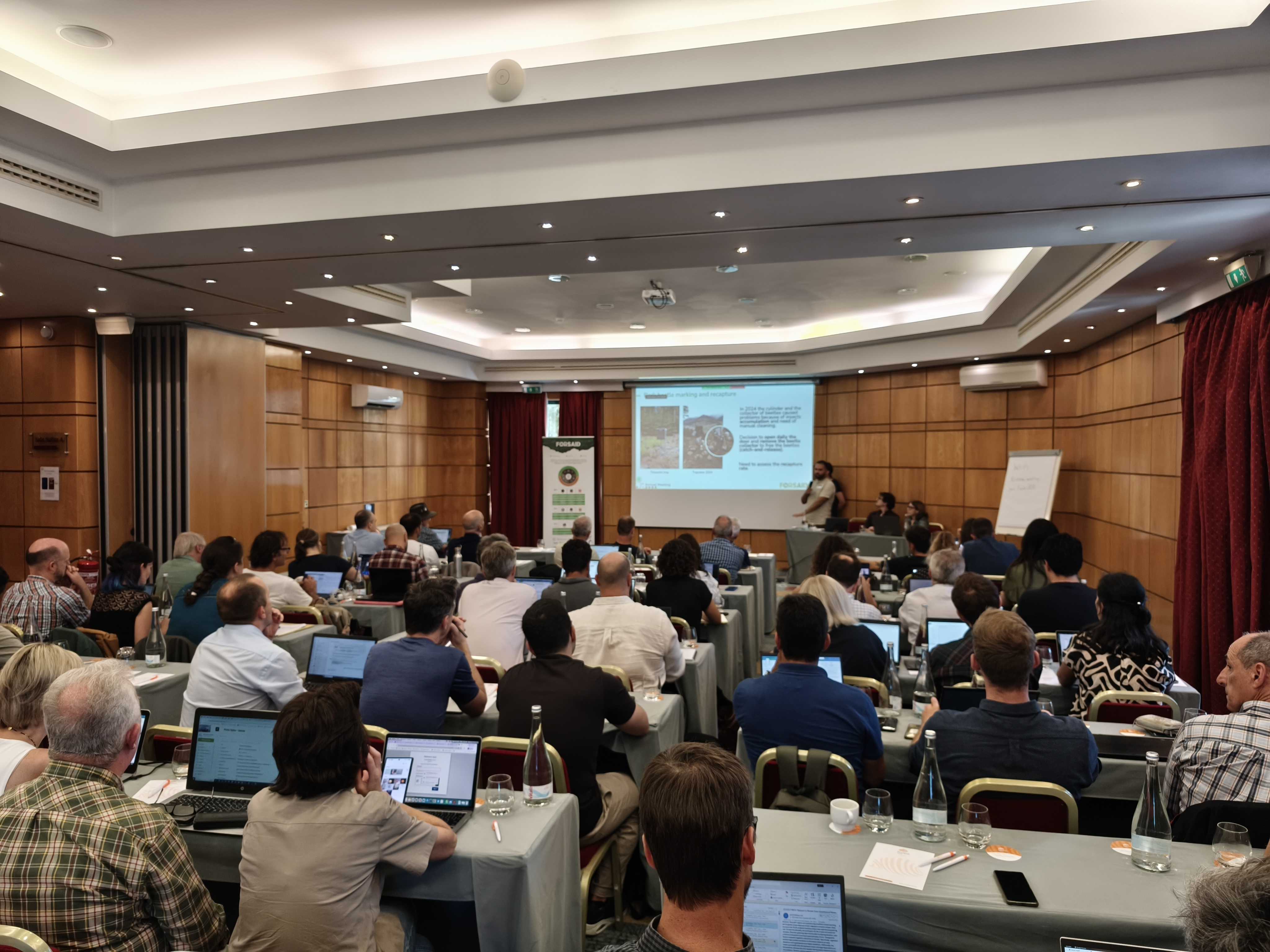
Our hosts were the National Institute for Agricultural and Veterinary Research (INIAV) and the University of Lisbon’s School of Agriculture (ISA), working in tandem with the coordination team from the University of Padua (UNIPD) on a comprehensive, inclusive and informative agenda for all attendees. The meeting also provided the opportunity for the full array of FORSAID’s promotional materials (one-pagers, newsletter subscription forms and target species sticker sheets) to be presented and disseminated among the audience.
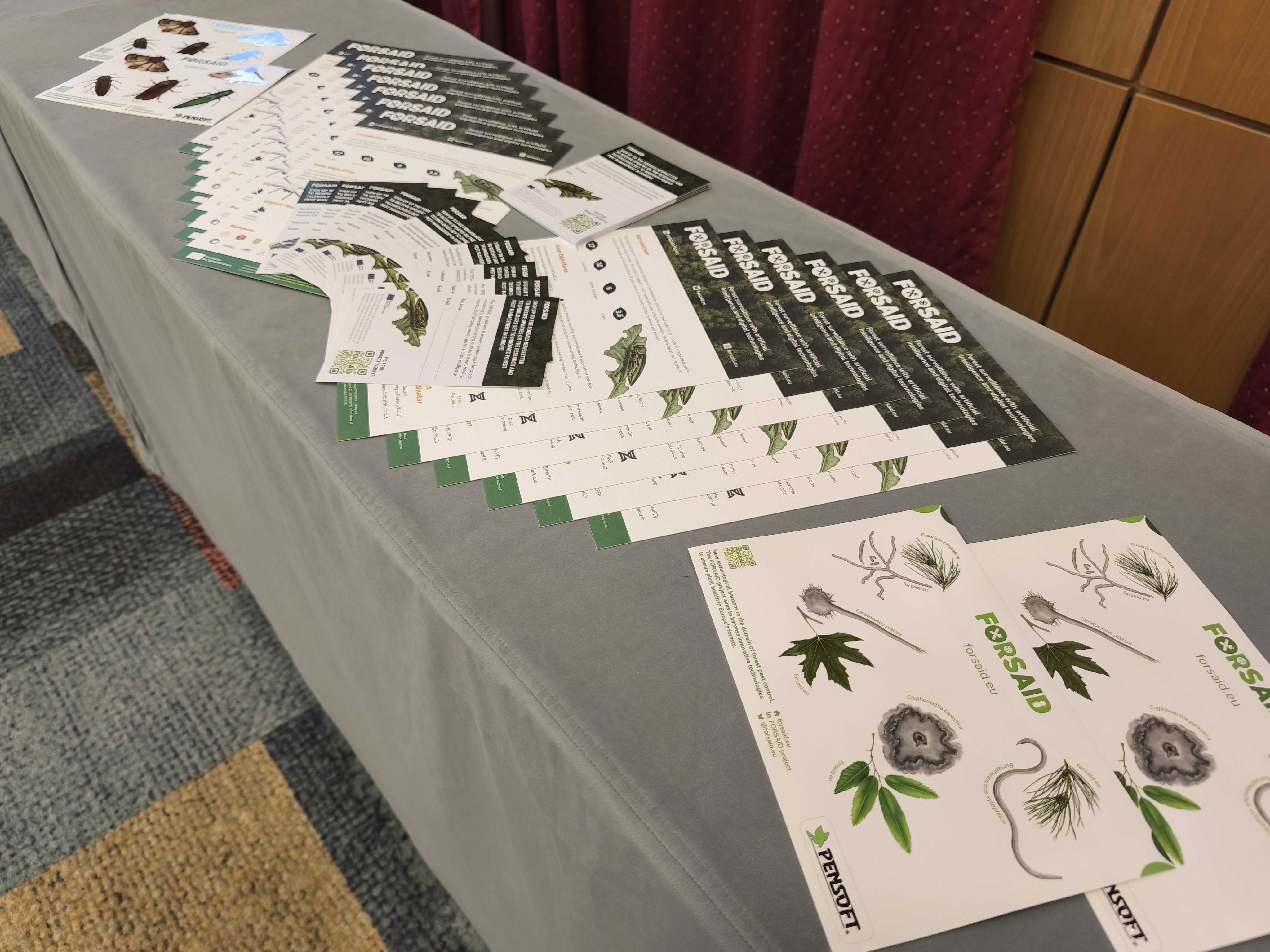
Zooming in on the programme itself, day one was dedicated to updates on progress achieved across the project’s various lines of scientific inquiry and its other supporting activities over the past twelve months. With regard to the former, extended sessions on the following work packages afforded the spotlight to FORSAID’s numerous research tasks:
-
WP2 - Remote sensing of forest damage
-
WP3 - Digital technologies for ground detection and surveillance of regulated pests
-
WP4 - Citizen science
-
WP5 - Deployment strategy with stakeholders
Naturally, the agenda also set aside time for an overview of how both the project’s coordination and management (WP1) and its communication, dissemination and exploitation activities (WP6) have evolved so far. Additionally, this opening day of proceedings also saw a field visit to ISA’s campus for a practical showcase of devices for capturing moth pest species whose efficiency is being analysed as part of FORSAID.
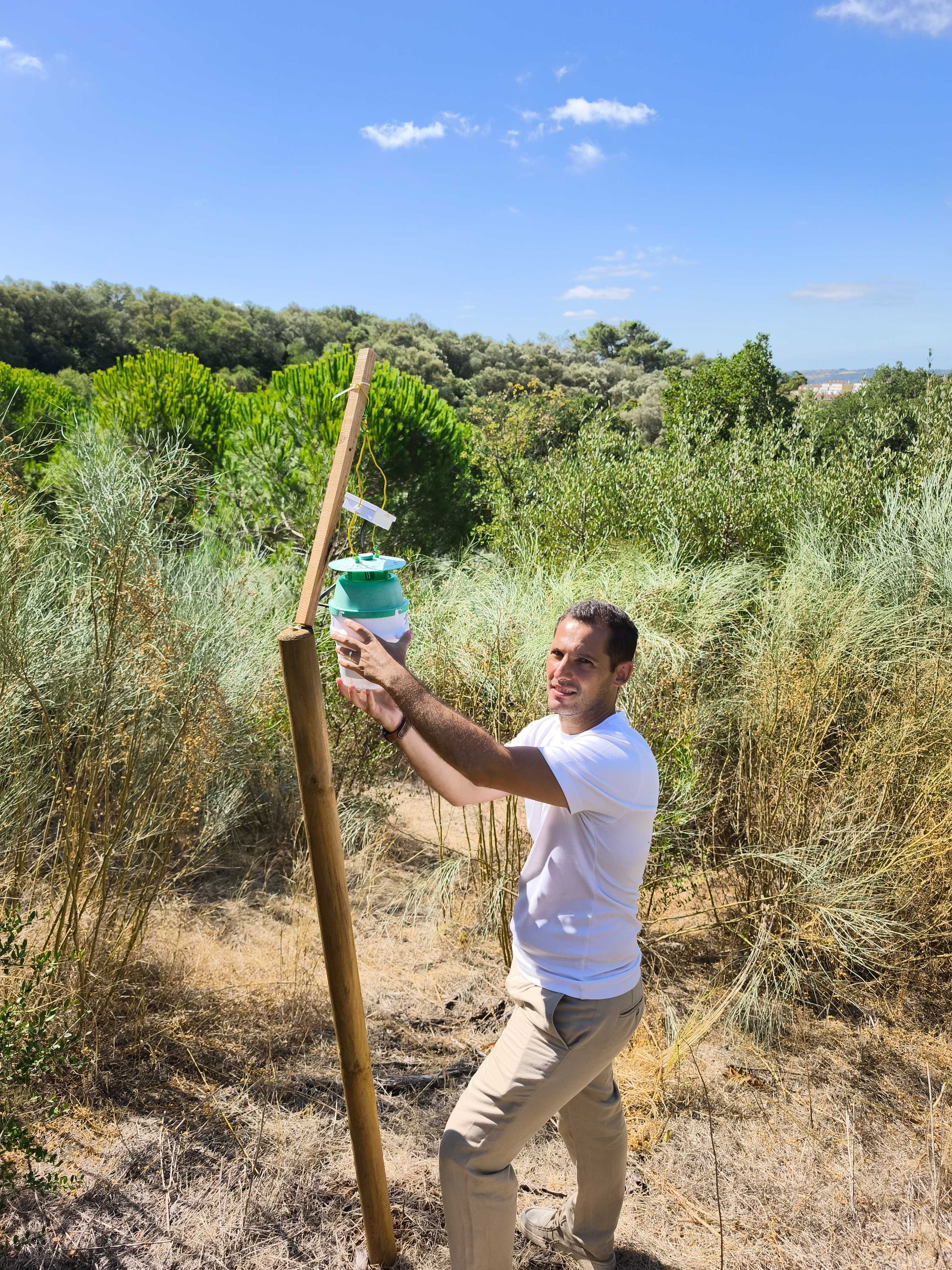
On 12 September, the focus moved on from reporting to active discussion on present challenges and future opportunities. Additionally, participants were treated to practical demonstrations of two of the innovative solutions that are being developed by FORSAID researchers. One was the Entomoscope photomicroscope and its software by the Karlsruhe Institute of Technology (KIT), which is used for imaging and identifying specimens of insects that are categorised as forest pests. The other was a spectroscopy device for detecting the presence of the harmful nematode Bursaphelenchus xylophilus in pine needle samples.
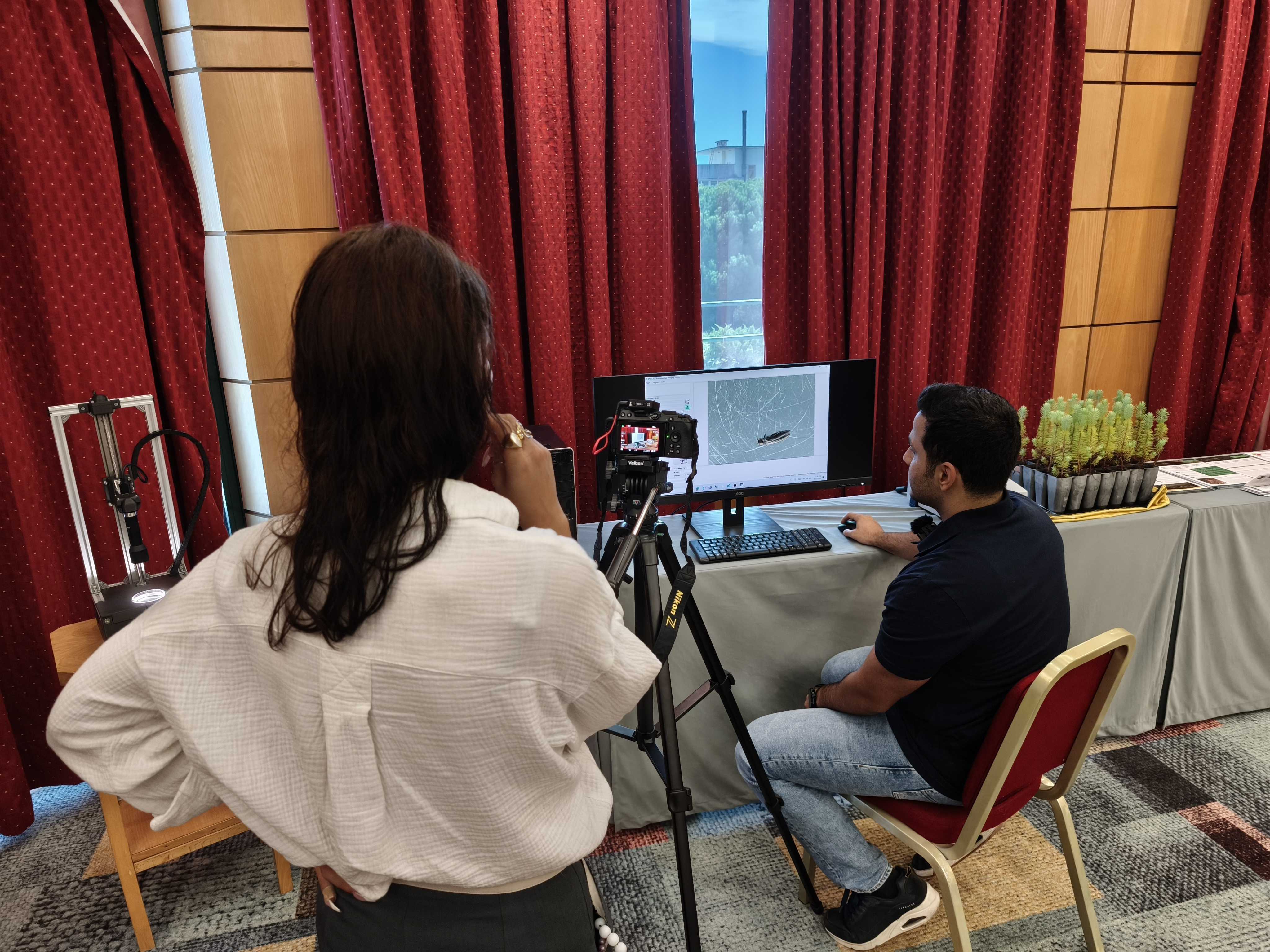
Last but not least, the consortium meeting concluded with another on-site activity - an excursion within the Sintra-Cascais Natural Park. Taking place on the final day of the annual meeting, it was led by local forest management and conservation experts who delved into the realities of safeguarding this biome from invasive species (such as the Acacia longifolia shown below), and other disturbances on the ground as well as the variety of efforts undertaken to do so.
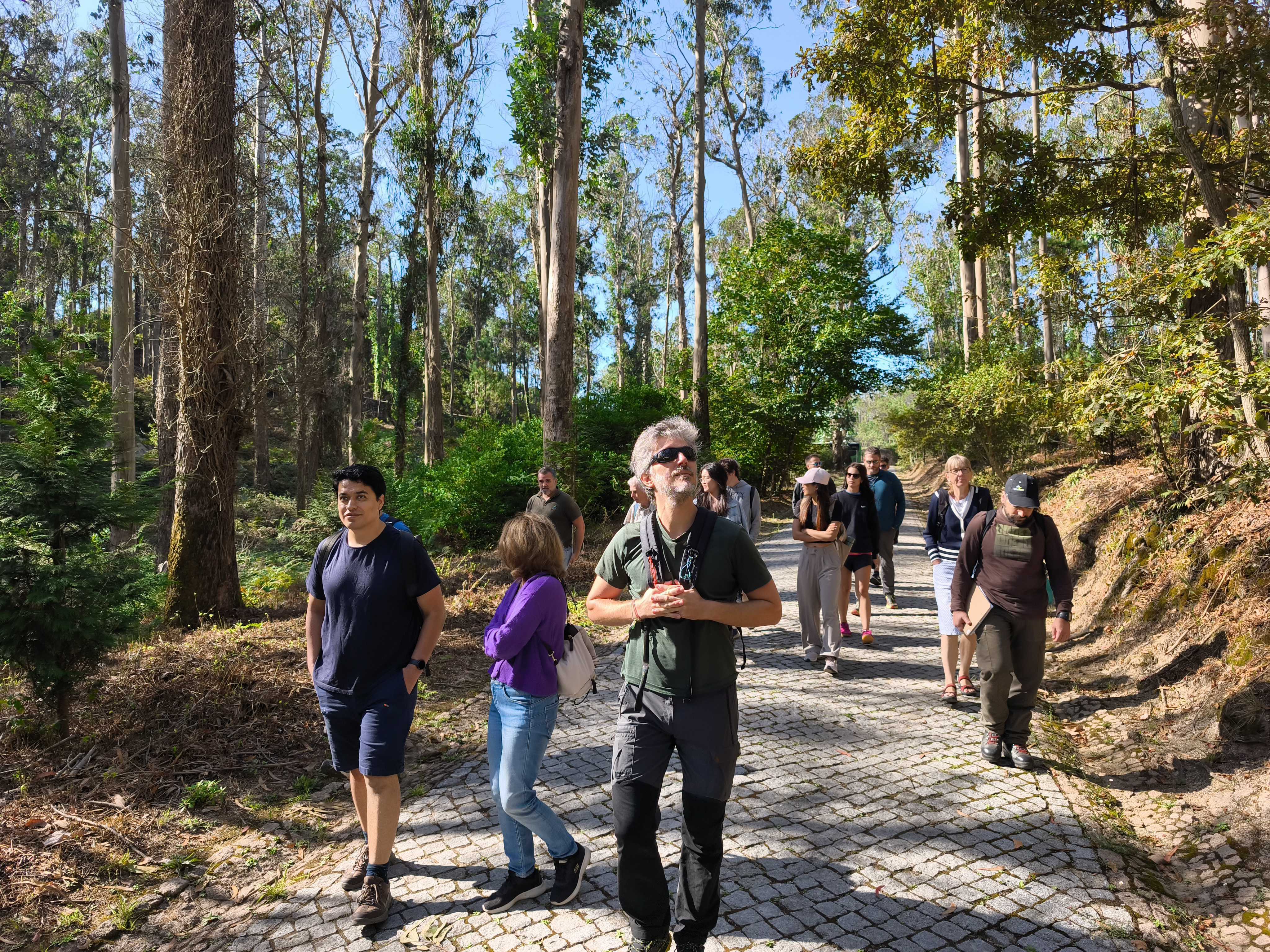
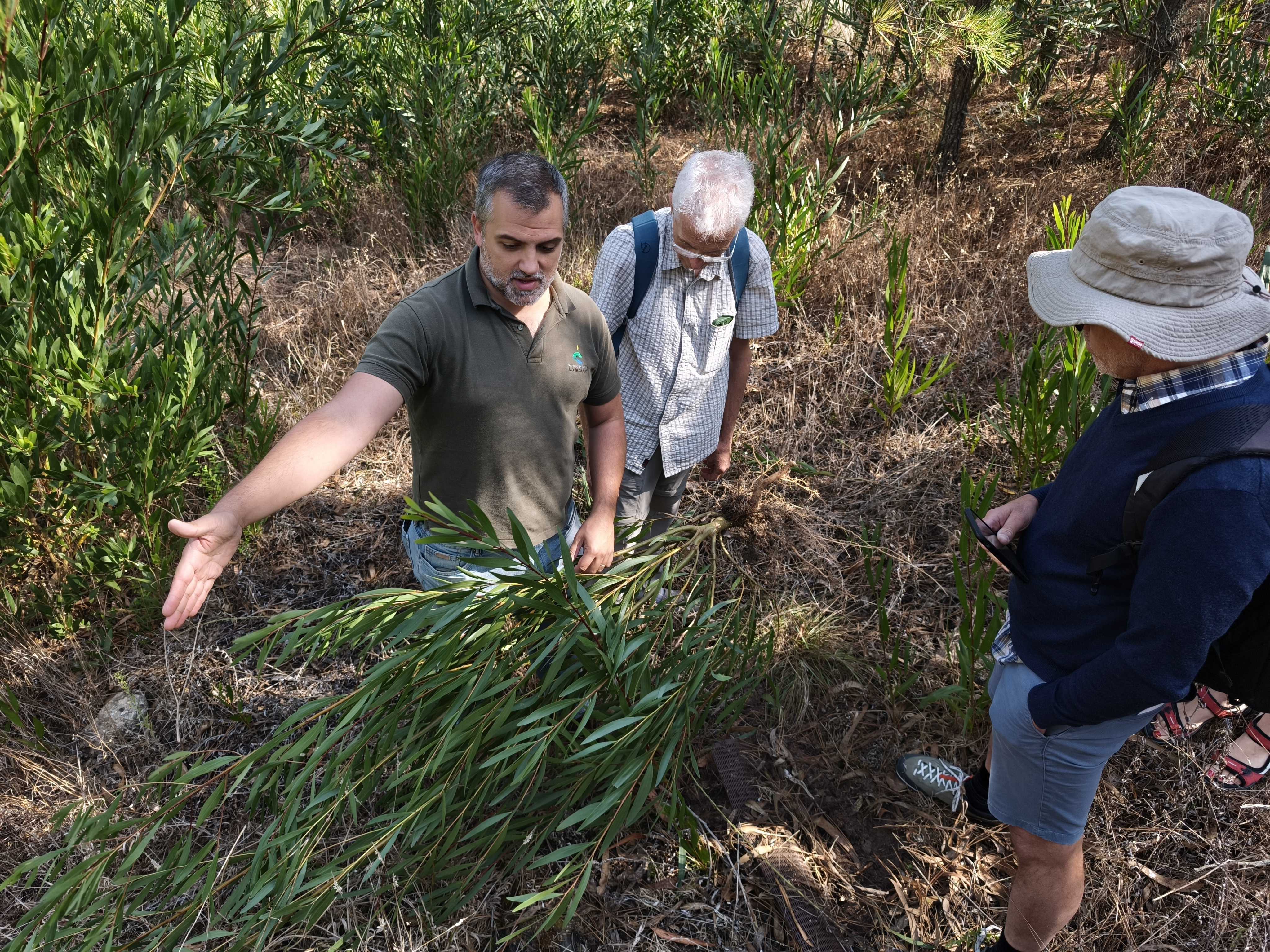
Ultimately, the annual meeting was an important forum for sharing insights, evaluating achievements and reaffirming partnerships for the next stages of FORSAID’s implementation. We will have more to showcase from the event in the months to come - stay tuned for interviews with consortium members and recordings of device demonstrations taken during our time in Portugal!